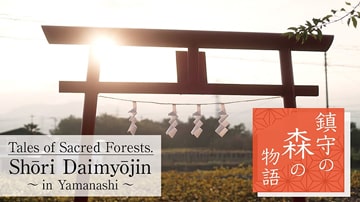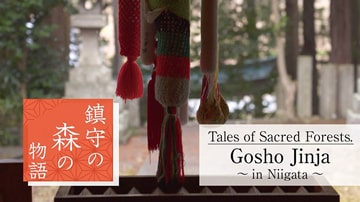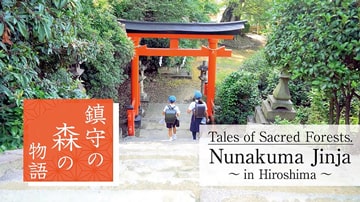The Heart of Shinto
Shinto is the native religious tradition of the Japanese. It is a way of life and a way of thinking that has been an integral part of Japanese culture since ancient times. It is the foundation for the yearly life-cycle, beginning with the New Year’s Day visit Japanese pay to a Shinto jinja to wish for good luck.
Observing the Shinto faith means venerating ancestors as guardians of the family. It also means showing respect for the myriad kami—a word that corresponds to “deity” in English—residing in the natural world. There are kami of the mountains, and kami of the sea. Kami are all around us, in every thing and every person. They may be honoured anywhere, but many people visit Shinto sacred spaces, called jinja, to pray, cleansing their hands and mouth at the entrance to purify the body and mind.
Shinto places great value on the virtues of purity and honesty, yet as a tradition, Shinto has no dogma, doctrine, or founder. Its origins can be seen in the relationship between the ancient Japanese and the power they found in the natural world. It is a relationship that continues to this day, defined by a great reverence for nature’s strength, and gratitude for nature’s bounty. Only by both receiving the blessings of nature and accepting its rage can we maintain a harmonious connection to the world around us.
Shinto has shaped the past as an integral part of Japan’s cultural heritage. It will continue to shape the future through the deep influence it exerts on Japanese thought. Yet, as a fundamental aspect of daily life in Japan, the focus of Shinto is on the present. For honouring the kami, and receiving their blessings, there is no time but now.



